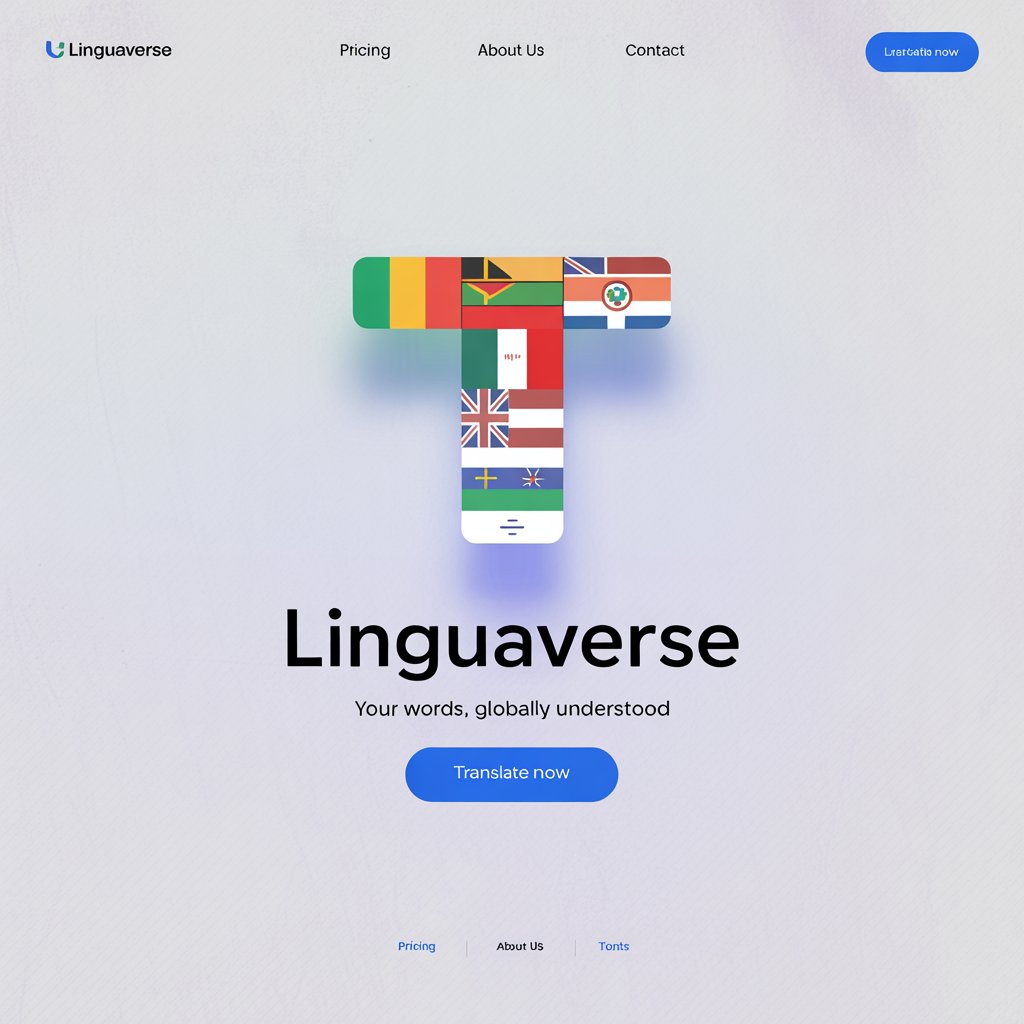As a child, I would lie on the grass in my backyard, staring up at the moon’s silvery glow, wondering if kids in far-off places saw the same magic in its light. The moon, that quiet wanderer of the night sky, has always been more than a celestial body—it’s a storyteller, a muse, a symbol of mystery and dreams across cultures. Its name, whispered in countless tongues, carries the weight of human history, folklore, and longing. From ancient myths to modern poetry, the moon unites us all in its gentle pull, a universal thread weaving through the tapestry of human experience. In this exploration, we’ll journey through languages and cultures to uncover how the word for “moon” reflects the soul of each society, revealing both differences and a shared sense of wonder.
A Reference Table of Moon Names
Below is a table showcasing the word for “moon” in various languages, along with brief cultural or linguistic insights.
| Language | Word for Moon | Cultural/Linguistic Insight |
|---|---|---|
| French | Lune | Derived from Latin “luna,” symbolizing light and femininity in French poetry. |
| Spanish | Luna | Shares Latin roots; often tied to romantic and mystical imagery in Spanish literature. |
| Italian | Luna | Evokes the Roman goddess Luna, linked to dreams and the night in Italian culture. |
| German | Mond | Rooted in Old High German, associated with cycles and time in Germanic folklore. |
| Mandarin | Yuè | Represents harmony and cycles in Chinese culture, often linked to the Mid-Autumn Festival. |
| Hindi | Chand | Tied to mythology, where Chandra is the moon god, symbolizing beauty and calm. |
| Japanese | Tsuki | Reflects simplicity and transience in Japanese aesthetics, often featured in haiku. |
| Korean | Dal | Associated with purity and serenity, prominent in Korean folklore and lunar festivals. |
| Arabic | Qamar | Symbolizes beauty and guidance in Arabic poetry, often used metaphorically for loved ones. |
| Swahili | Mwezi | Linked to timekeeping and seasons in East African cultures, derived from Bantu roots. |
| Zulu | Inyanga | Also means “healer,” reflecting the moon’s role in traditional Zulu medicine and rituals. |
| Yoruba | Oṣùpá | Connected to spiritual cycles and Orisha worship in Yoruba cosmology. |
| Maori | Marama | Personified as a deity in Maori mythology, symbolizing light and guidance. |
| Hawaiian | Mahina | Represents feminine energy and is revered in Hawaiian chants and navigation traditions. |
| Cherokee | Nvda | Tied to storytelling and the natural world in Cherokee culture, symbolizing balance. |
European Languages: A Lunar Legacy
In Europe, the moon’s name often traces back to Latin “luna,” a word that resonates with light and femininity. In French, “lune” conjures images of romantic nights and poetic musings, as seen in works by Victor Hugo, where the moon often symbolizes longing. Spanish and Italian share this root with “luna,” where it’s woven into love songs and folklore, evoking passion and mystery. For example, in Spanish flamenco, the moon is a witness to human emotions, glowing over tales of heartbreak. In German, “Mond” carries a more grounded tone, linked to time and cycles in Germanic myths, where the moon was a marker of seasons and rituals. In Greek, “selini” (from Selene, the moon goddess) connects to ancient myths of love and tragedy, while in Russian, “luna” (луна) reflects a Slavic reverence for the night sky as a source of inspiration. These names reveal Europe’s view of the moon as both a poetic muse and a practical guide, blending romance with the rhythm of life.
Asian Languages: A Tapestry of Meaning
Asia’s linguistic diversity paints the moon in vibrant shades of meaning. In Mandarin, “yuè” (月) is a concise yet profound syllable, tied to the Mid-Autumn Festival where families reunite under the full moon, symbolizing unity and abundance. In Hindi, “chand” (चंद्र) evokes the deity Chandra, whose cool light soothes the soul in Indian poetry and mythology. Japanese “tsuki” (月) captures the fleeting beauty of life, a cornerstone of wabi-sabi aesthetics, often celebrated in moon-viewing parties (tsukimi). In Korean, “dal” (달) reflects purity, with folktales portraying the moon as a protector of dreams. Arabic “qamar” (قمر) is a poetic darling, used to describe beauty in love songs across the Middle East, from Morocco to Iraq. In Thai (“duan”), Vietnamese (“trăng”), and Malay (“bulan”), the moon often symbolizes guidance and serenity, reflecting Asia’s deep connection to nature and spirituality. Across these 20+ countries, the moon’s name carries layers of cultural reverence, from festivals to folklore, uniting diverse traditions under its glow.
African Languages: The Moon’s Rhythmic Pulse
In Africa, the moon’s name reflects its role in timekeeping, spirituality, and community. In Swahili, spoken across East Africa, “mwezi” is rooted in Bantu languages and tied to calendars and harvest cycles, guiding farmers from Kenya to Tanzania. In Zulu, “inyanga” doubles as “healer,” linking the moon to traditional medicine and rituals in South Africa, where lunar phases guide ceremonies. Yoruba “oṣùpá” connects to Nigeria’s spiritual traditions, where the moon is revered in Orisha worship as a symbol of divine cycles. In Amharic (“ጨረቃ” or “chereka”), spoken in Ethiopia, the moon is a beacon in oral storytelling, while in Hausa (“wata”), used in northern Nigeria and Niger, it’s a metaphor for hope. Across 20+ African nations, from Shona (“mwedzi”) in Zimbabwe to Twi (“osram”) in Ghana, the moon’s name reflects its role as a cultural and spiritual anchor, guiding both practical and sacred moments.
Indigenous & Island Languages: Sacred Light
Indigenous and island cultures imbue the moon with profound spiritual significance. In Maori, “marama” is a deity in New Zealand’s mythology, guiding navigators and symbolizing clarity. Hawaiian “mahina” reflects feminine energy, revered in chants and used by ancient navigators to cross the Pacific. In Cherokee, “nvda” connects to storytelling in Native American traditions, where the moon balances day and night. Samoan “masina” ties to Polynesian navigation and rituals, symbolizing community unity across Pacific islands. In Inuktitut (“ᖃᒪᓂᖅ” or “qamaneq”), spoken in Arctic Canada, the moon guides hunters through long winters. From Tongan (“ma’ama”) to Fijian (“vula”), the moon’s name in these 20+ cultures reflects its role as a sacred guide, deeply tied to survival, spirituality, and connection to the cosmos.
Cultural Insights: The Moon’s Timeless Journey
The word for “moon” has evolved alongside human civilization, rooted in ancient languages like Proto-Indo-European *mēns, meaning “month” and “moon,” reflecting its role as a timekeeper. In Mesopotamia, the moon god Sin was worshipped as a source of wisdom, while in ancient Egypt, Thoth’s lunar associations tied it to knowledge. In Hindu mythology, Chandra’s name graces poetry and rituals, symbolizing calm amidst chaos. The moon’s universal presence in creation myths—from Aboriginal Dreamtime stories to Norse tales of Máni—shows its enduring power as a symbol of cycles, renewal, and mystery. Its linguistic evolution mirrors cultural priorities: romance in Latin languages, spirituality in Asian tongues, and guidance in indigenous traditions, yet all share a reverence for its quiet majesty.
Proverbs and Sayings: The Moon’s Wisdom
The moon inspires proverbs and sayings worldwide, capturing its mystique:
- Chinese: “The moon is fuller when you’re with loved ones” – reflects family unity during lunar festivals.
- Spanish: “Bark at the moon” – a playful jab at futile efforts, rooted in folklore.
- Yoruba: “The moon moves slowly but lights the world” – emphasizes patience and influence.
- Maori: “Marama guides the lost” – highlights the moon’s role in navigation and hope.
- Arabic: “Her face is like the moon” – a common compliment for beauty in poetry. These sayings reveal the moon’s universal role as a symbol of guidance, beauty, and resilience across cultures.
FAQs About Moon Names
Why do some moon names sound similar?
Many languages share linguistic roots, like Latin “luna” influencing Romance languages (French, Spanish, Italian) or Proto-Indo-European roots linking European and Indian terms. Trade and conquest also spread similar terms, like Arabic “qamar” influencing Swahili “kamari.”
What’s the oldest known word for moon?
The Proto-Indo-European *mēns (circa 4000 BCE) is one of the earliest reconstructed terms, linking “moon” to “month” and timekeeping, found in Sanskrit, Latin, and Germanic languages.
How do cultures differ in expressing the moon?
In Western cultures, the moon often symbolizes romance or mystery, while in Asian traditions, it’s tied to harmony and festivals. African and indigenous cultures emphasize its role in timekeeping and spirituality, reflecting diverse worldviews.
Conclusion: The Moon’s Universal Glow
The moon, in all its names—lune, chand, tsuki, mwezi, mahina—carries a universal power to inspire, guide, and unite. Across continents and centuries, it has been a beacon for poets, navigators, and dreamers, its light a canvas for human hopes and stories. Whether it’s a lover’s muse in Italy or a healer’s guide in Zululand, the moon speaks to our shared humanity, reminding us that we all gaze at the same sky. What’s the word for “moon” in your language, and what stories does it hold for you? Share your thoughts below, and let’s keep the lunar conversation glowing!




